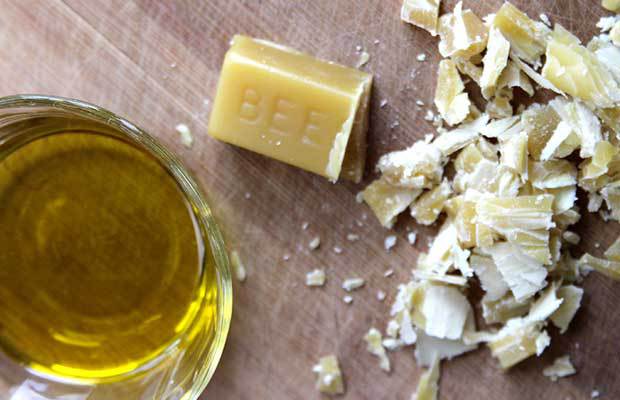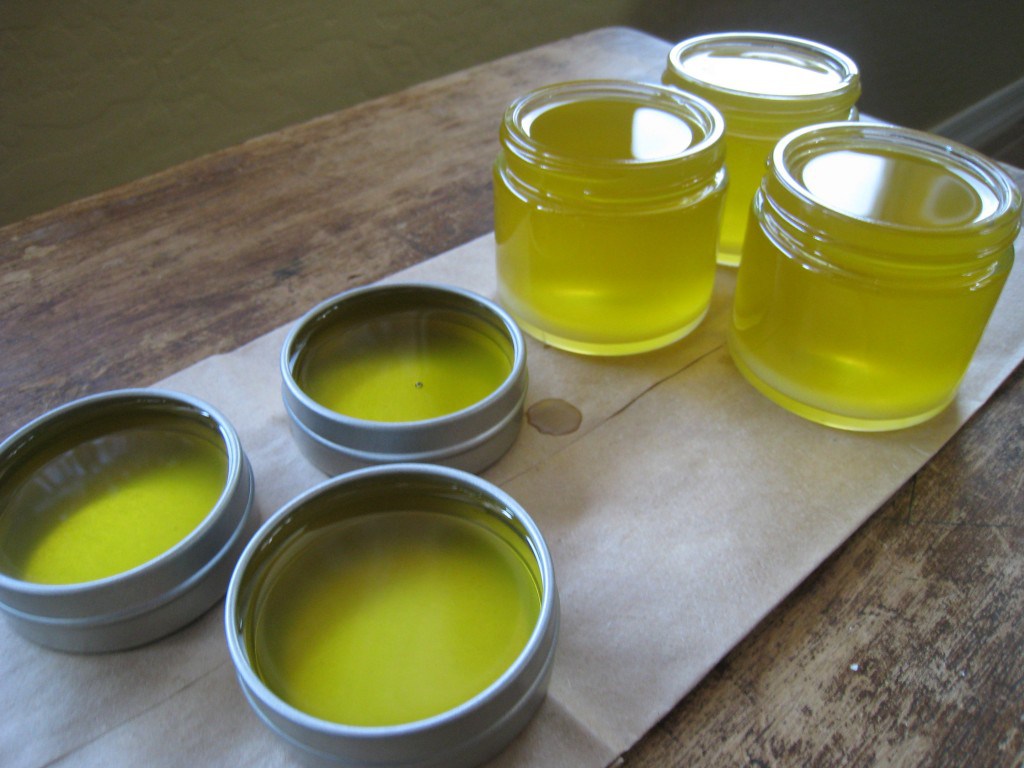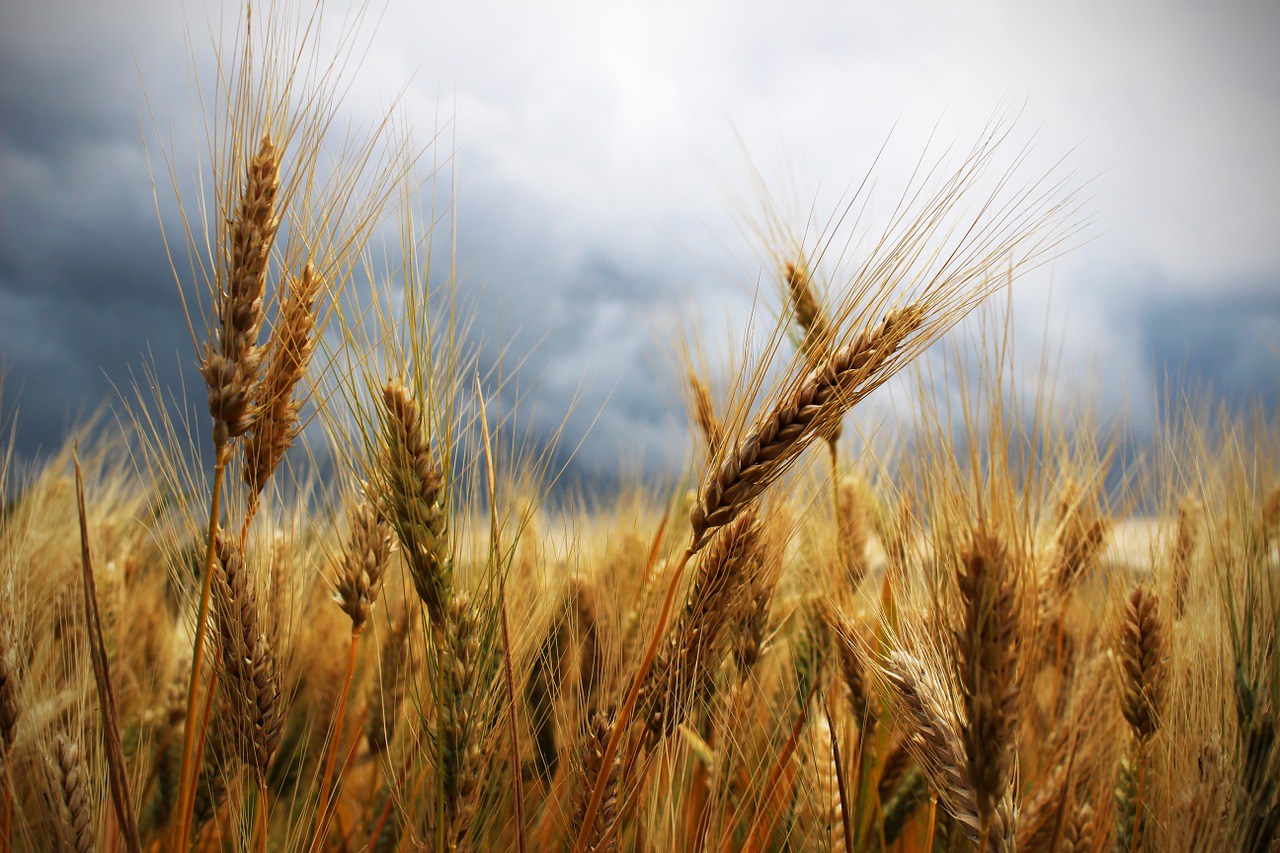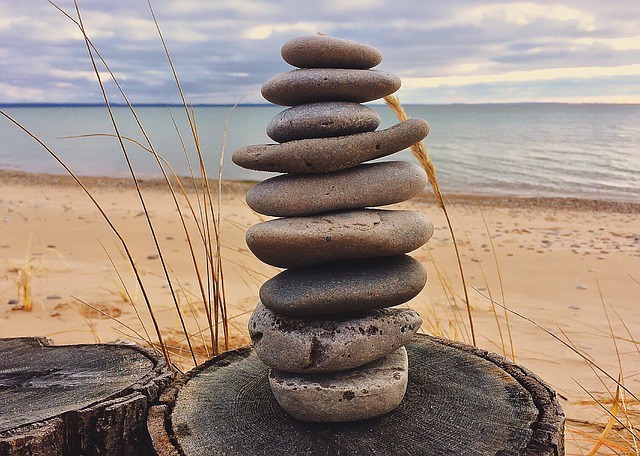
By now, we all know that one of the best ways to receive the benefits of herbs as well as alleviate dry skin is through the creation of a healing salve. Our skin is one of the largest gateways on the body to receive actions of the plants. Calendula, or Calendula officinalis, known commonly for its skin healing magic is a great herb to start with in salve making. It is used to heal wounds, rashes, and other skin irritations.
Not to mention that this time of year, dryness, and irritation can be prevalent due to the weather’s icy bite and moisture-sapping indoor heat. As the warm weather lures us away from the hearth and onto bicycles and hiking trails, our skin is bound to endure some cuts, burns and rashes on the way. Prepare your medicine cabinet to treat such ails with an herbal salve.
Related – Knowledge to survive any medical crisis situation
If you would like to play with your own mixture, it is highly recommended to research the actions and energetics of herbs. For the recipes provided today, here is some brief information on the herbal actions indicated.
- Meadowsweet (Filipendula ulmaria) has anti-inflammatory actions. Meadowsweet, combined with calendula, which is healing for the skin, can soothe sore feet, hands, and shoulders as well as rough cracked skin that go along with hard work.
- For a dry skin salve, you can use a calendula base, then add lavender (Lavandula), which is soothing and anti-inflammatory. The addition of coconut oil is very moisturizing as well as a nice compliment to the lavender smell.
Herbal Salve Recipe
Skin-Soothing Calendula Salve
Salves are thickened ointments that are used to soothe various skin problems, depending on the plant that the salve was made from. They can treat chapped hands, wounds, mild burns, bites, stings, rashes, boils, acne and inflammation. To make a basic salve, all you need is an infused oil, beeswax and some essential oil.
Making Salves: The Key Ingredients
Infused oils are carrier oils that have been “infused” with one or more herbs. They are used to make any oil-based apothecary items, such as lip balms, creams, massage oils and salves. Although you can buy prepared infused oils, I like to make my own using the folk technique called the “solar infusion method.”
To make an infused oil at home, find a jar with a tight-fitting lid, such as a Mason jar, and fill it halfway full with a dried herb of your choice. Fill the jar with oil until it completely covers the herb (about three-quarters full). Any quality vegetable oil will work, but if you’re using this infused oil to make a salve, use one that can tolerate heat and is good for the skin, like olive or almond oil. Put the lid back on your jar and store it in a sunny location like a windowsill for three to six weeks. Shake the jar every day for the first week and once every week after that. When it’s fully infused, strain the oil through cheesecloth and store it in a closed jar for future use.
Related – The Dirty Secret to Good Health
Beeswax thickens the salve and makes it easy to apply to the skin—it also provides slight anti-inflammatory and antioxidant benefits, according to North Carolina State University. Laying a protective barrier between the wound and the air, it calms the skin and helps it retain moisture. You can find one-ounce bars of beeswax at your local health-food store.
Embrace the wonders of aromatherapy with essential oils, or highly concentrated plant extracts. They provide a multitude of body benefits. I like to add a few drops of lavender essential oil to my herbal salve recipe, not only for its pleasing scent but for its ability to treat small cuts, scrapes and insect bites, as lavender is a natural antibiotic and antiseptic. You can also strengthen your salve’s medicinal benefits with tea tree or rose, two essential oils with antiseptic and antifungal properties.
How to Calm Irritated Skin: 7 Herbs for Natural Skin Remedies
Calendula (Calendula officinalis), or pot marigold, is a familiar sight in many cottage gardens. This antiseptic was used during the Civil War to staunch bleeding and heal wounds; recent studies show that calendula noticeably stimulates physiological regeneration and skin healing. Use a calendula salve on skin rashes, minor cuts and burns, bruises, eczema, psoriasis, sunburns and chapped lips.
Comfrey (Symphytum officinale) is said to have been brought to England from the Middle East by crusaders using it to heal war wounds. For centuries, it was taken internally, but new research indicates that it should not be ingested, as it contains harmful alkaloids. Use it as an herbal salve to stimulate cell growth and repair wounds, burns, sore joints, dry skin and swelling.
German chamomile (Matricaria recu-tita) and Roman chamomile (Chamaemelum nobile) are recognizable by their delicate white petals and pleasing, apple-like odor. Today, this cosmetic favorite is admired for its softening, deodorizing and disinfecting effects on the skin.
Related – The Plant You Can Use as a Diuretic But Also To Make a Great Wine!
Plantain (Plantago major) is a wild perennial that can be found all over the world, often along roadsides. Used by the Greek medic Dioscorides to cure inflammation and burns, it has stood the test of time. Today it is also used to treat insect bites, stings, poison ivy and sunburns. In fact, a range of biological activities has been found in its extracts, from wound healing to anti-inflammatory action.
Aloe (Aloe vera) is one of the giants among herbs and herbal medicine. It is said to have healed a badly infected wound Alexander the Great earned during the siege of Gaza. Today, people commonly keep this easy-to-grow plant potted in their home for the instant and effective treatment of burns. All it requires is a weekly watering. It also treats cuts, eczema and sunburn.
Arnica (Arnica montana) is an ingredient in more than 100 herbal preparations in Germany, where plant-based medications are regulated by the Commission E. This daisy-like herb relieves sore muscles and reduces inflammation. Athletes commonly rely on it to reduce the pain, swelling and bruising that accompany sprains and strains.
For more on essential oils, how to make them and their benefits, check out Dr. La Guardia’s Book of Medicine. It teaches you everything from the soil up.
And here’s some other self-sufficiency and preparedness solutions recommended for you:
The Lost Ways (The vital self-sufficiency lessons our great grand-fathers left us)
Survival MD (Knowledge to survive any medical crisis situation)
Backyard Liberty (Liberal’s hidden agenda: more than just your guns…)
Alive After the Fall (Build yourself the only unlimited water source you’ll ever need)
The Lost ways II (4 Important Forgotten Skills used by our Ancestors that can help you in any crisis)
The Patriot Privacy Kit (Secure your privacy in just 10 simple steps)





















